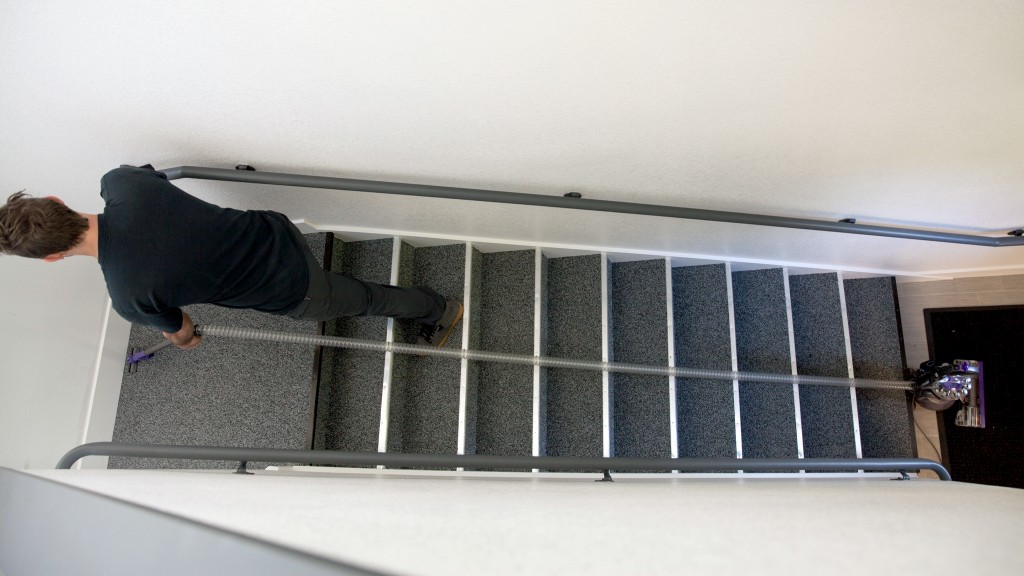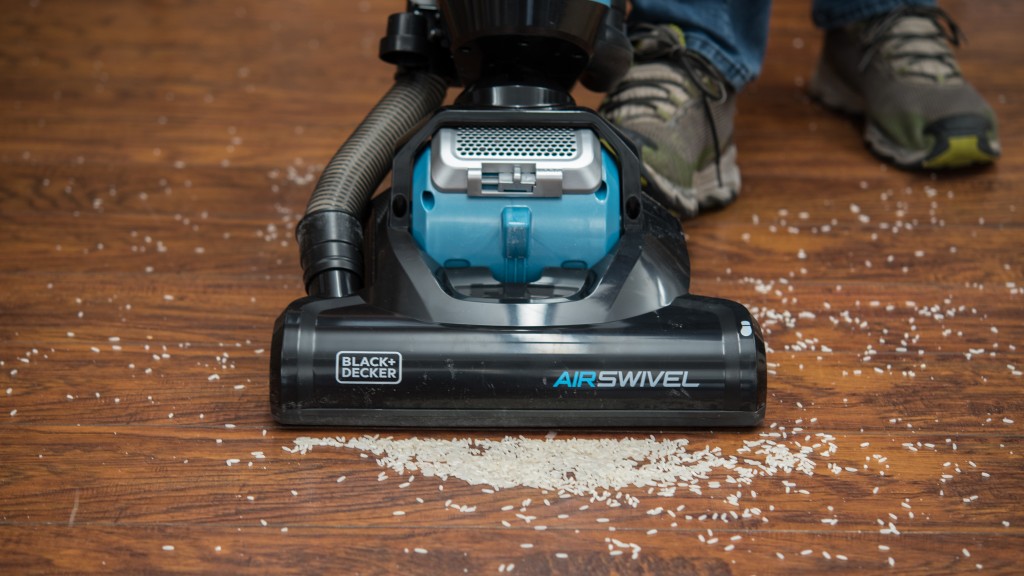We bought the best vacuum cleaners currently available on the market and put them through an exhaustive series of side-by-side tests to find the best. We put these products through a grueling series of challenges, objectively comparing their performance to determine final scores and award winners. The following sections explain the details of our testing process — what we did, what we looked for, and how we scored it.
Carpet Cleaning
The first thing that comes to mind for most people when comparing vacuums is how well they clean carpets. Consequently, this set of tests carried the most weight in the overall scores, comprising 35% of each product's final score. We conducted eight tests in total: four different debris types, each on a low-pile test carpet and a section of medium-pile carpet.
The first sample mess item we used was rice. We spread a predetermined amount of rice over a marked-out area, then used a floor roller to press the rice into the carpet. We then counted how many passes it took for each vacuum to get the floor to appear clean and noted how much rice was picked up on the first pass.
We thoroughly cleaned the section of carpet between each test with a dedicated vacuum that was not part of the test to avoid unequal wear on one of the competing vacuums. This exact test was then performed on a section of fluffier, medium-pile carpet.
This same pair of tests was repeated with cereal, oatmeal, and flour, to complete our set of carpet cleaning tests.
We conducted the first three tests with rice, cereal, and oatmeal in succession, then stopped and cleaned out each vacuum cleaner thoroughly before the flour test, as it was somewhat of a torture test for these products, and the vacuums were full from the first three types of debris.
Ease of Use
The set of tests for ease of use carried the second-highest weighting in the review, accounting for 25% of the overall score. This metric basically assessed how easy it was to clean a home with each vacuum, with a series of simulated scenarios to compare the performance of each product. One of the first things we looked at was the edge cleaning abilities of each vacuum. We spread rice along a wall and then ran each vacuum up against the edge. We scored based on the thickness of the stripe of leftover materials.
Next, we evaluated the reach of each vacuum under furniture. We created a simulated sofa out of boxes, matching the gap to the average sofa. After spreading the rice out, we measured how far each vacuum could reach and scored accordingly.
We then ranked how each vacuum handled transitioning between flooring types, whether it was automatic or manual and if you had the option to turn the brush off. Then we looked at and rated the maximum reach for normal floor cleaning use, including the cord.
Finally, we looked at the noise level of each product, having someone rate the level and tone, using an SPL meter to take a reading of the decibels produced by each vacuum while in operation.
Handling
Handling was the next highest weighted metric, measuring in at 20% of the total score. This metric consisted of ranking the maneuverability of each model, the pushing and pulling effort, as well as the prowess of each product at cleaning stairs.
To assess maneuverability, we used each vacuum to clean a test course filled with various obstacles. We noted any areas that were difficult to clean, regions that tripped up the vacuums, or obstacles that they became caught on.
We then assessed the effort it took to push or pull each vacuum, ranking each vacuum side-by-side on a hard floor, low-pile, and medium-pile carpet. Next, we tested the performance of each vacuum at cleaning stairs. We did this by comparing the maximum number of stairs reached, this time using the hose attachment on the upright vacuums. We also took the weight of each product into account, as well as if the base was prone to tipping over.
Hard Surface Cleaning
Cleaning hard surfaces is a relatively small portion of the final score, only accounting for 10% of the total score for each vacuum. This is primarily because these products are designed for and mainly used on carpets.
We conducted a similar series of tests to carpet cleaning, once again using rice, cereal, oatmeal, and flour as our test debris particles. We also paid particular attention to the cracks in our test hardwood floor, noting if the vacuums extracted all of the debris, particularly flour.
Pet Hair
Finishing out our tests, this metric accounted for the remaining 10% of the total score. Conveniently, a nearby pet groomer was more than happy to give us an excess of pet hair for this test, allowing us to weigh out a constant amount of hair for each vacuum. We spread out this hair, then used the floor roller once again to grind the hair into the carpet.
We ran each vacuum for five minutes over the pet hair-covered areas, assuring that each section of the carpet had at least 10 passes. We then went over again with our fresh cleanup vacuum and weighed the hair it picked up, subtracting this from the measured amount to calculate how much pet hair the tested vacuum collected. We repeated this somewhat arduous process for each vacuum in our review.










